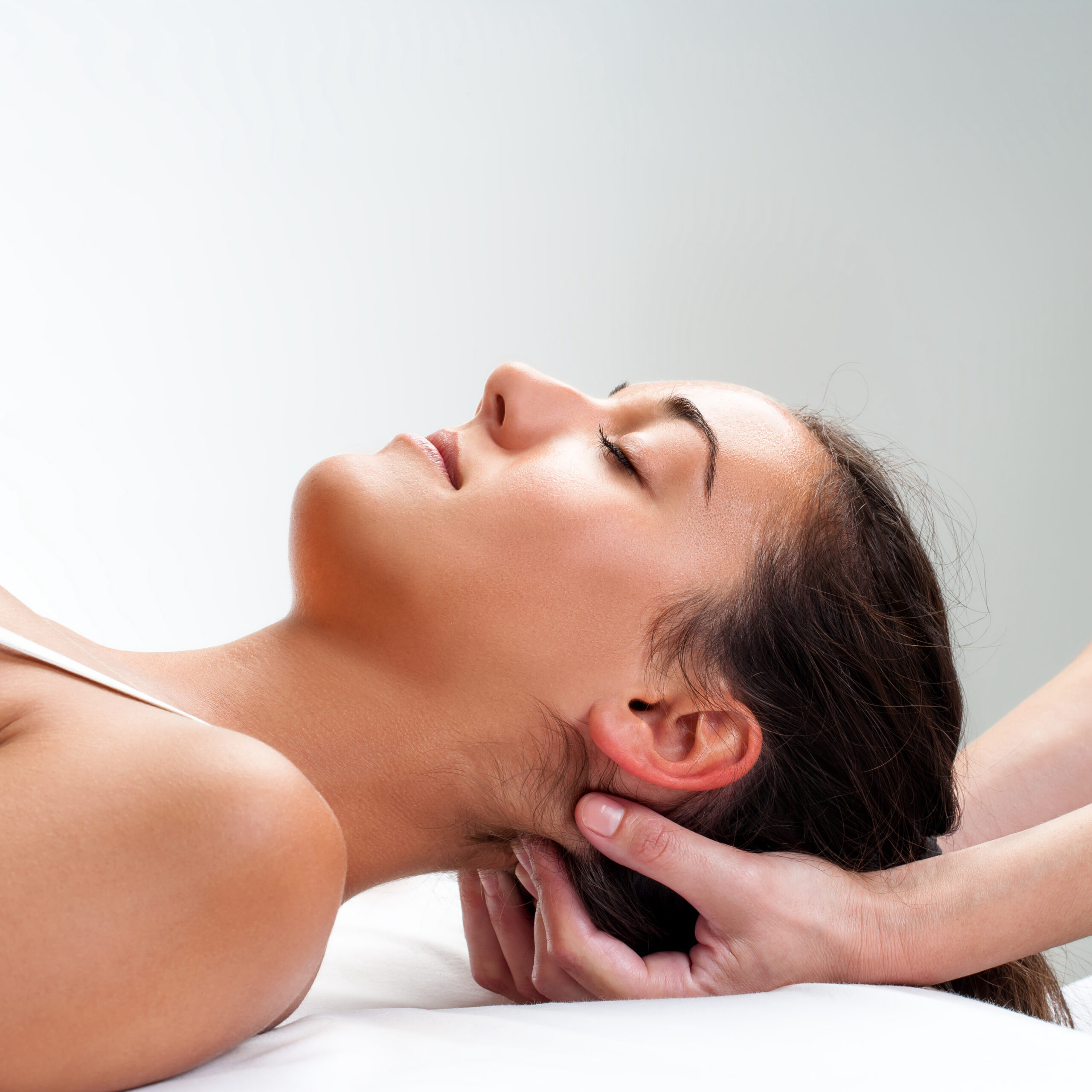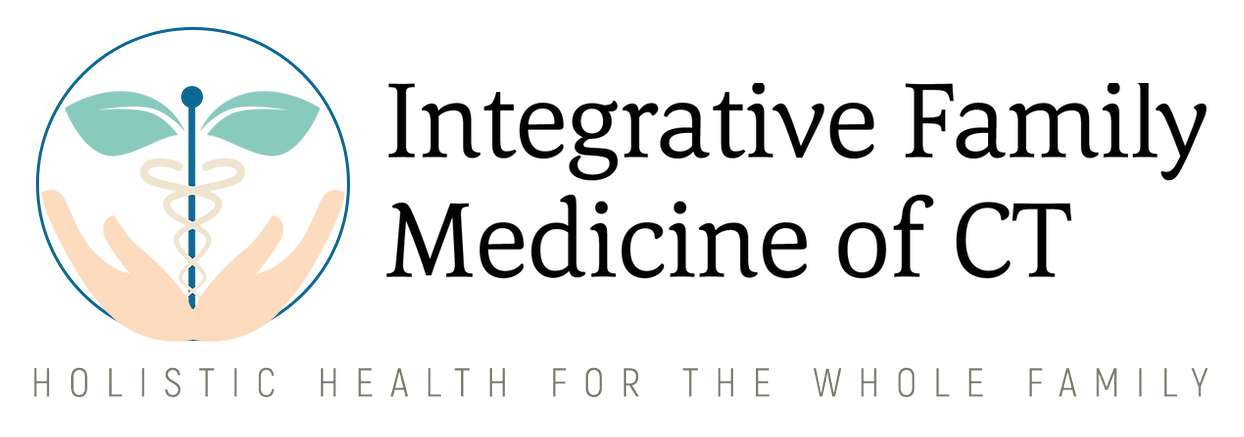What is Prolotherapy?
Prolotherapy is a form of regenerative medicine that uses a series of precisely targeted injections to stimulate the body’s natural healing powers for repairing soft tissues injuries. It is an in-office series of injection treatment that has been safely and effectively used for almost 80 years. Soft tissue injuries can include damage to ligaments, tendons, muscles, fascia, and joint capsules. In prolotherapy treatments a substance (most commonly dextrose or sugar) is injected into the site where the soft tissue is injured, most often where it attaches to the bone. The process calls in the body’s repair cells to heal and strengthen weakened or damaged tissue.
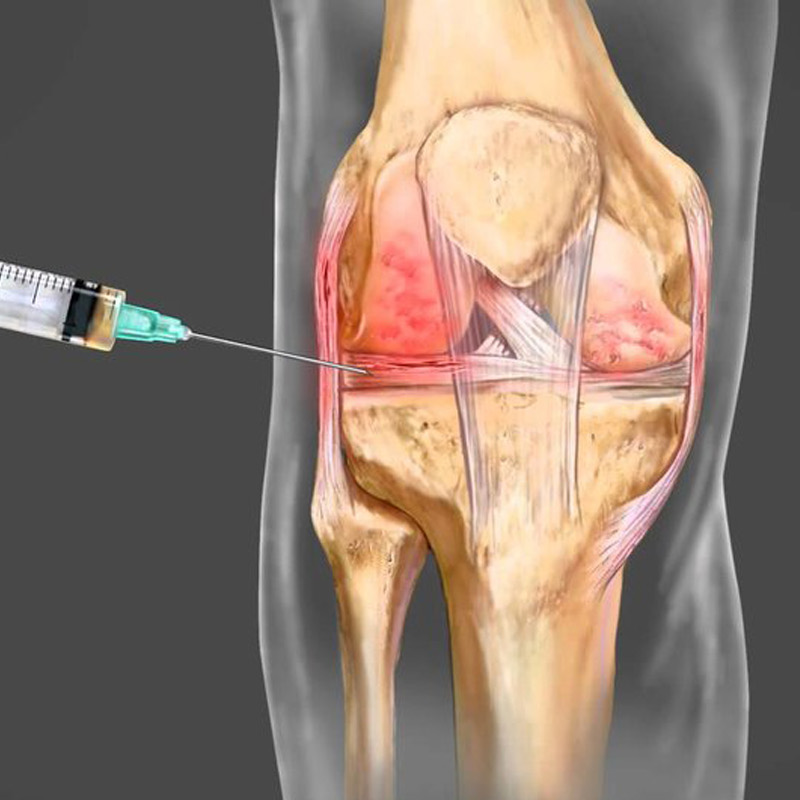
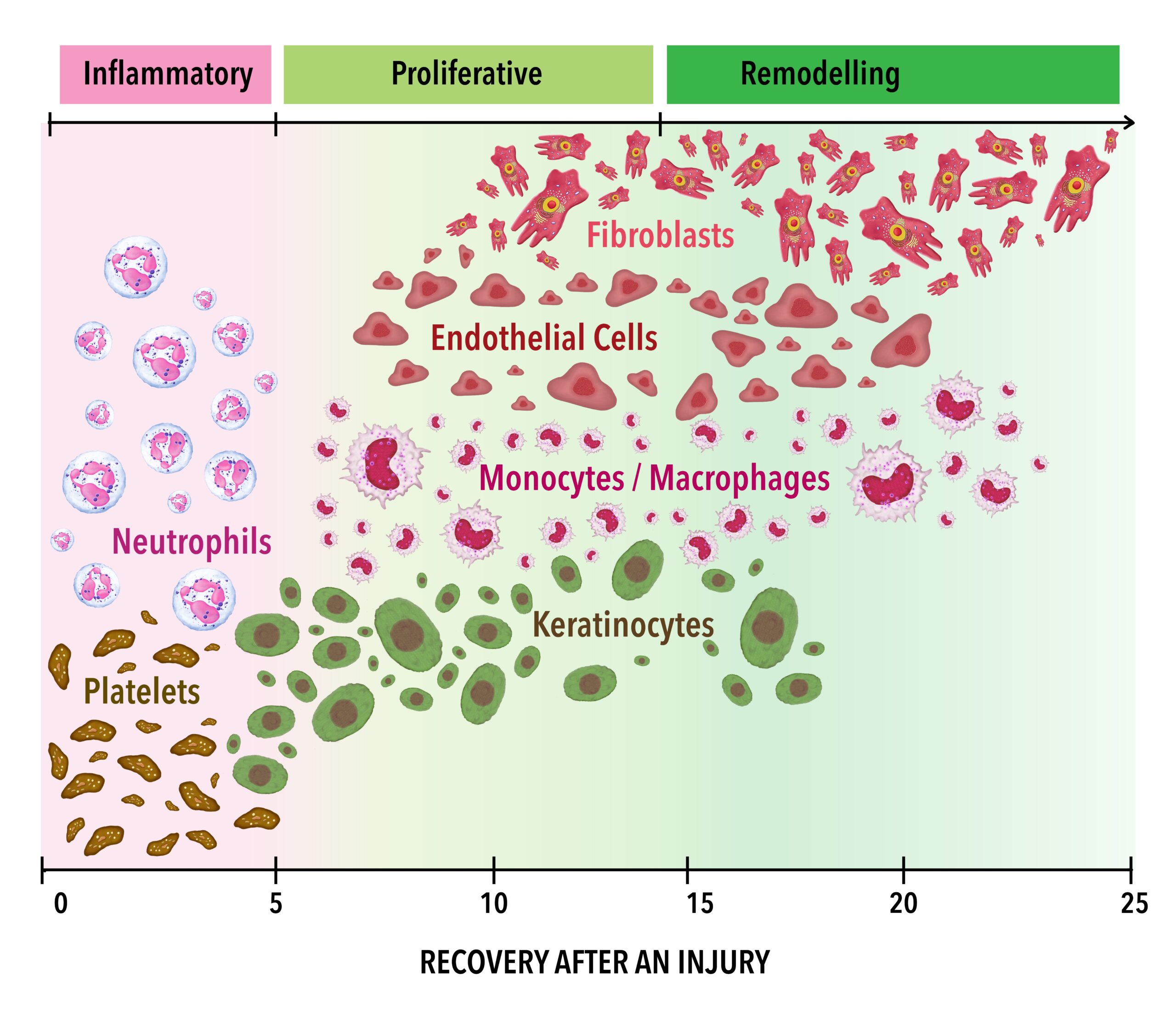
How Does Prolotherapy Work?
What Conditions are Treatable with Prolotherapy?
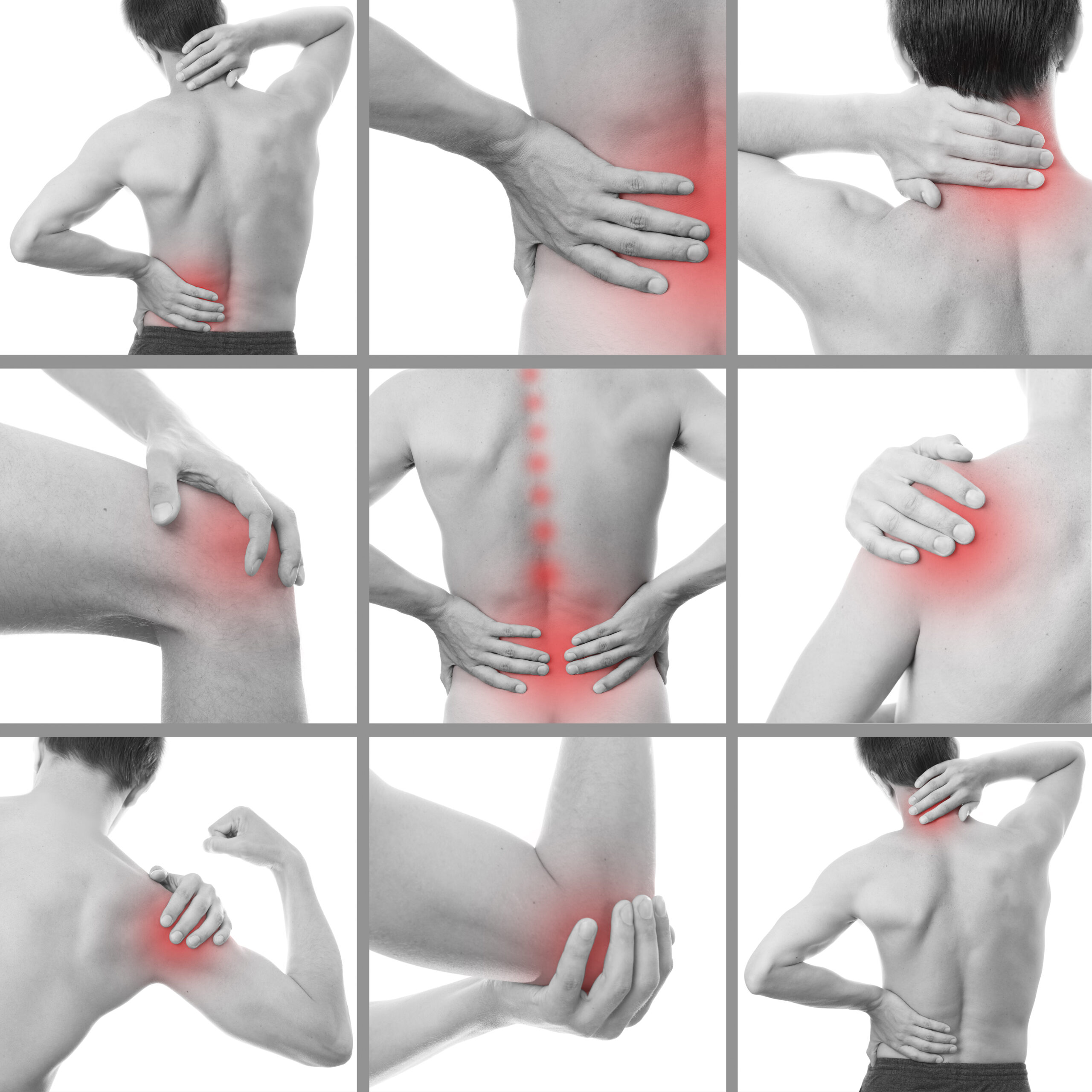

How do you know if you have chronic ligament weakness?
What Substances are Injected?
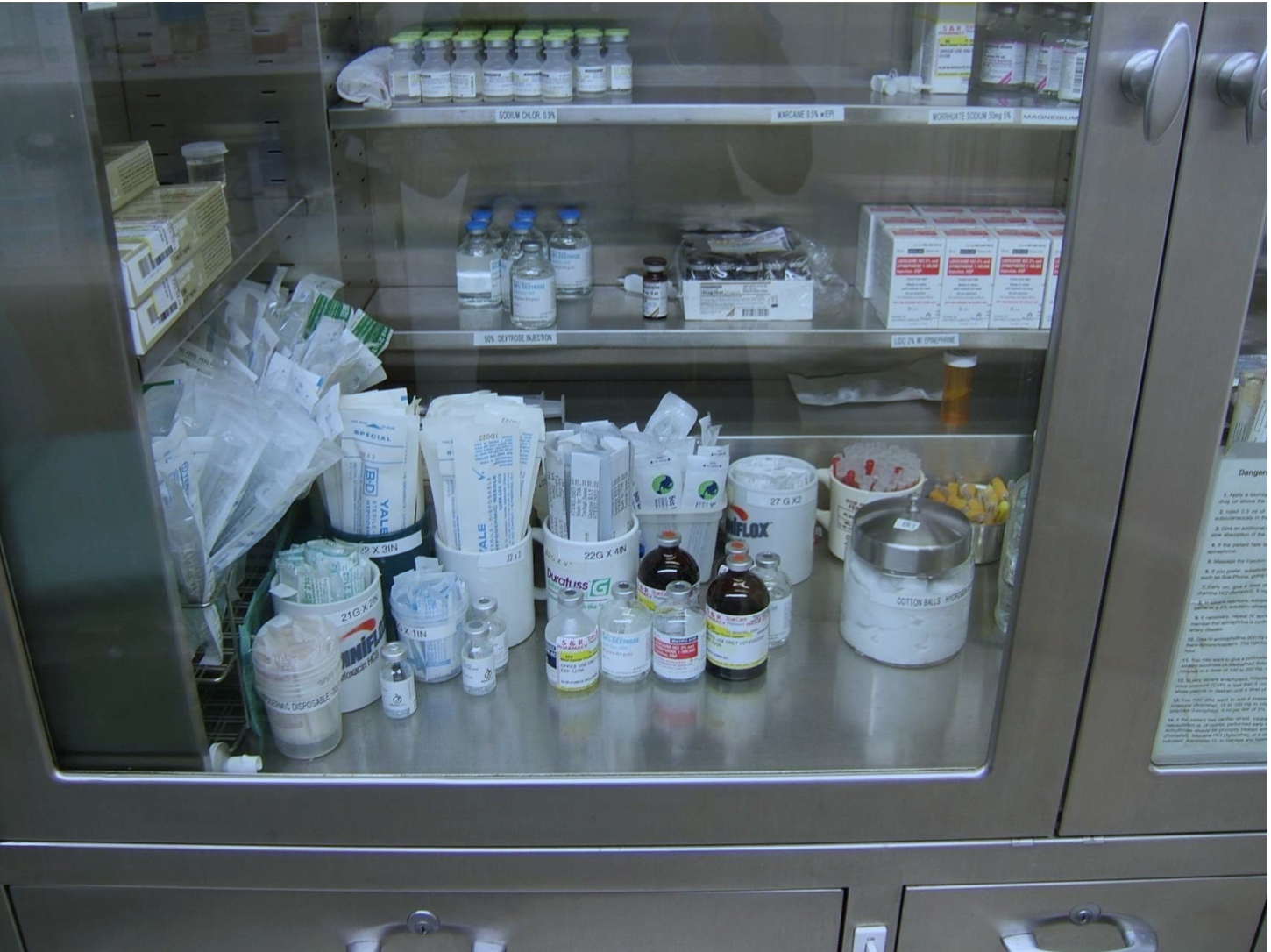
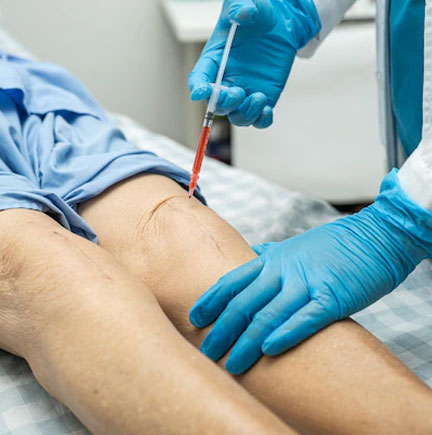
What is PRP, or Platelet-Rich Plasma Injection, and How is it Different from Prolotherapy?
Platelet-Rich Plasma, or PRP, is a patented, high-tech version of prolotherapy that uses the patient’s own blood. A patient’s blood is withdrawn from the veins, and then spun in a special centrifuge to concentrate the platelets. Platelets contain growth factors which contribute to the rapid healing of the tissue in question. It is a stronger healing response and likely to be a bit more efficient, shot-per-shot, than regular prolotherapy because these growth
factors are concentrated. It it is more expensive than regular prolotherapy, and reserved for patients who need to return rapidly back to sports or work or for those with labral tears and more complex cases. Prolotherapy works effectively in most cases helping to save time and money.
Does it Hurt?
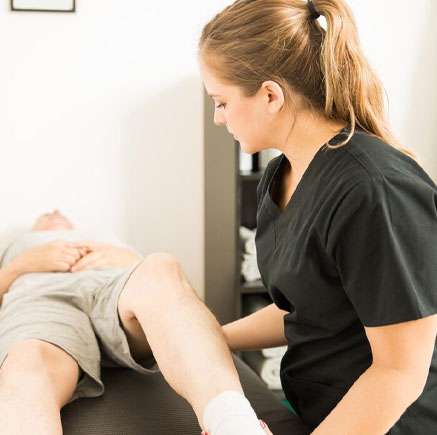

How Much Does it Cost? Will my insurance cover it?
If Prolotherapy is so Effective, Why isn't it More Popular?
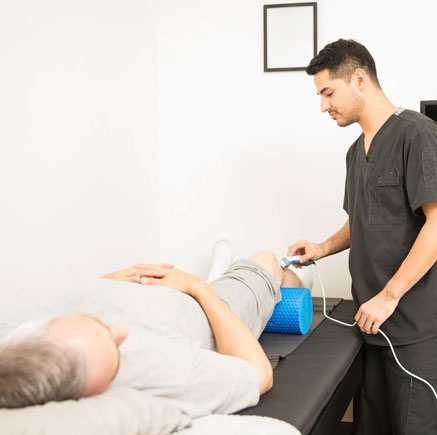

I have been told that I need joint replacement. Will Prolotherapy help me?
How Many Treatments Will I Need?

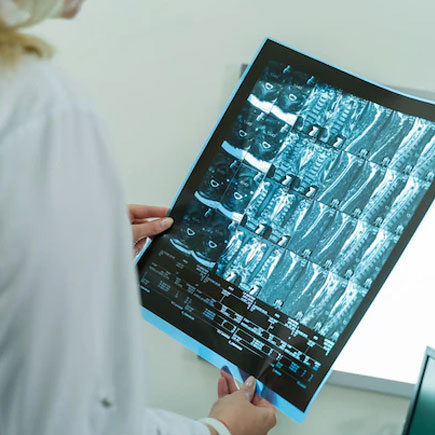
Do I need an x-ray or MRI before I Come?
What should I do in preparation of Prolotherapy?
